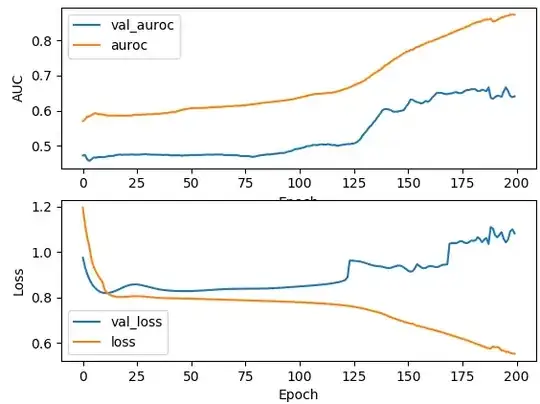I got these results from a logistic regression in R. The data are the proportion of women elected in Uk elections, according to their party.
As you can see, I used exp() to get rid off of the log function, so these are the odds, not the log odds.
How can I interpret these, since I don't see how I can say that for every 1 unit increase in party, there is an increase in the odds. Are these odd ratios comparing with each other, I mean comparing with the odd ratios for all other parties?
